Get Involved
The Point
"Neighbors helping neighbors" is necessary when it comes to preparing for, responding to, and recovering from any emergency or disaster. Get involved by helping to promote emergency preparedness in your community. Also, there are many organizations that need helping hands in order to do what they do. There are many opportunities to get involved. Find what interests you and make the connection.
Do This
Find a volunteer program that means something to you and decide to get involved.
Find preparedness information throughout Be Ready Utah's website and social media and share it with your friends and neighbors.
Participate in #PrepareAndShare - Any time is a good time to talk about emergency preparedness!
"Because regular people are the most important people every time."
Videos
Downloads
- When Disaster Strikes... HOW TO DONATE OR VOLUNTEER SUCESSFULLY!
- Resources the State can Provide
- Ways to Get Involved
- Starting a Volunteer Program
- Legal Protections for Volunteers
- Screening Adult Volunteers who work with Youth
- Liability Laws for Charitable Organizations and Volunteers
- Volunteer Liability Links
Links
 Citizen Corps
Citizen Corps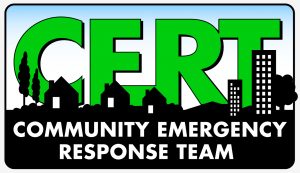 CERT
CERTCommunity Emergency Response Team (CERT) is a program that helps train community members in basic disaster response skills. There are a lot of administrative tasks to run a CERT program, and it's volunteers like you that make it possible. Contact a CERT program near you and volunteer.
If there is no CERT program near you then contact your municipality, school, or workplace and offer your support to start one.
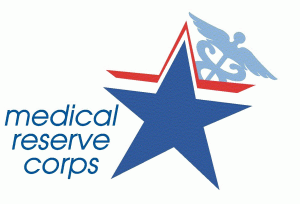 MRC
MRCMedical Reserve Corps (MRC) is a program where volunteers can directly support healthcare related activities. When doctors and nurses are overwhelmed they need helping hands like yours to support medical operations, even if you dont have medical skills. In Utah, MRC is run by the local health departments. Contact an MRC near you to see how you can get involved, or sign up at Utah Responds.
 VOAD
VOADVoluntary Organizations Active in Disasters (VOAD) is a coalition of non-profit, non-government organizations that work together before, during and after disasters. VOAD's need volunteers like you to help administratively run a VOAD. Contact a VOAD near you to see how you can help, or contact a VOAD partner to get involved with that partner organization. If you represent an organization that would like to join VOAD you can contact a VOAD near you to get involved. If your area does not have a VOAD, then contact your local Emergency Manager and discover how you could start a VOAD near you.
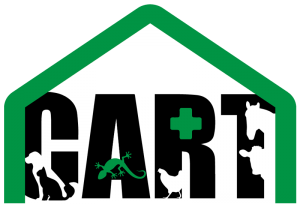 CART
CARTCommunity Animal Response Teams (CART) is a program in which volunteers can be trained and organized to help with animal issues after a disaster. Work with your local Emergency Manager and local Animal Control to see how you can get involved with or start a CART program near you.
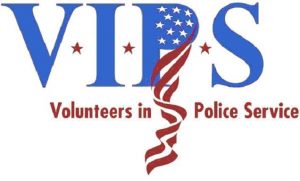 VIPS
VIPSVolunteers In Police Service (VIPS) is a program in which volunteers can directly support local police department needs. VIPS is run by local police departments. They determine the tasks and support VIPS volunteers can provide. Contact your local police department and ask them how you can help. If a VIPS does not exist near you then contact your police department and ask them how you can help start one.
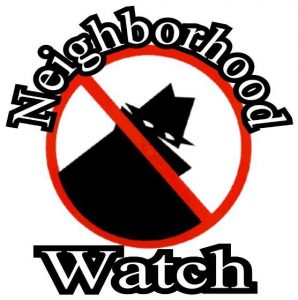 Neighborhood Watch
Neighborhood WatchNeighborhood Watch is a grassroots program in partnership with local law enforcement that trains citizens how to reduce crime in their community. Volunteer by contacting your local law enforcement agency and asking them what you can do to start or join a Neighborhood Watch group, get some training in your neighborhood, or help provide training. Crime reduction starts with you.
 UServeUtah
UServeUtahThe Utah Commission on Service and Volunteerism (UServeUtah) is a CNCS-affiliated Utah government agency
responsible for developing, implementing, and sustaining a vision and culture of civic engagement and national and community service within the state. As such they provide many ways to get involved including: joining Americorps, Disaster Corps, episodic volunteering, and even virtual volunteering opportunities.
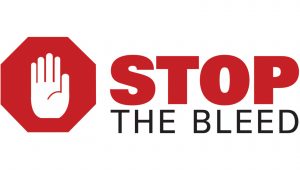 Stop The Bleed
Stop The BleedStop The Bleed is a national first aid training program that you can complete and promote. You can find a class near you to take. You can also become an instructor and help teach life saving skills to others.
 American Red Cross
American Red CrossAmerican Red Cross has many opportunities to get involved. Contact the Utah Chapter Red Cross office near you and discover ways to get involved.
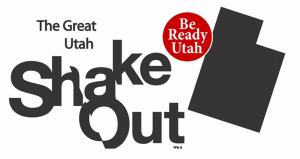 Great Utah ShakeOut
Great Utah ShakeOut JustServe.org
JustServe.orgJustServe.org provides you a way to make your service project known so others can sign up to support your efforts. Or you can go here to find service projects to participate in near you. Get involved in making your community a better place by supporting service initiatives near you or by leading service efforts. There are many preparedness service projects you could start.
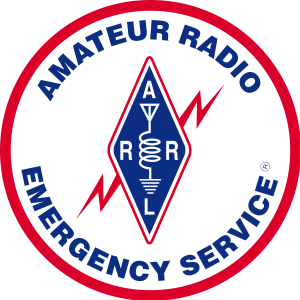 ARES
ARESGet involved in Amateur Radio Emergency Services (ARES) by getting trained and licensed to use a HAM radio, then find an ARES group near you. ARES is a private organization that is part of, and managed by, the American Radio Relay League (ARRL). When common communication systems are damaged or fail for whatever reason, HAM radio operators will be instrumental in emergency response and recovery efforts.
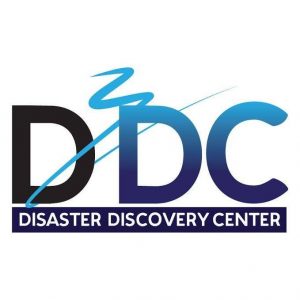 Disaster Discovery Center
Disaster Discovery CenterThe mission of the Disaster Discovery Center is to connect people of all ages with empowering experiences that inspire disaster preparation through: entertainment, discovery, hands-on learning, and quality resources. The Disaster Discovery Center helps make preparedness a lifestyle to protect what we value. While the Disaster Discovery Center is still in its concept phase, there are a lot of volunteer opportunities to help bring this one-of-a-kind place to life here in the State of Utah.
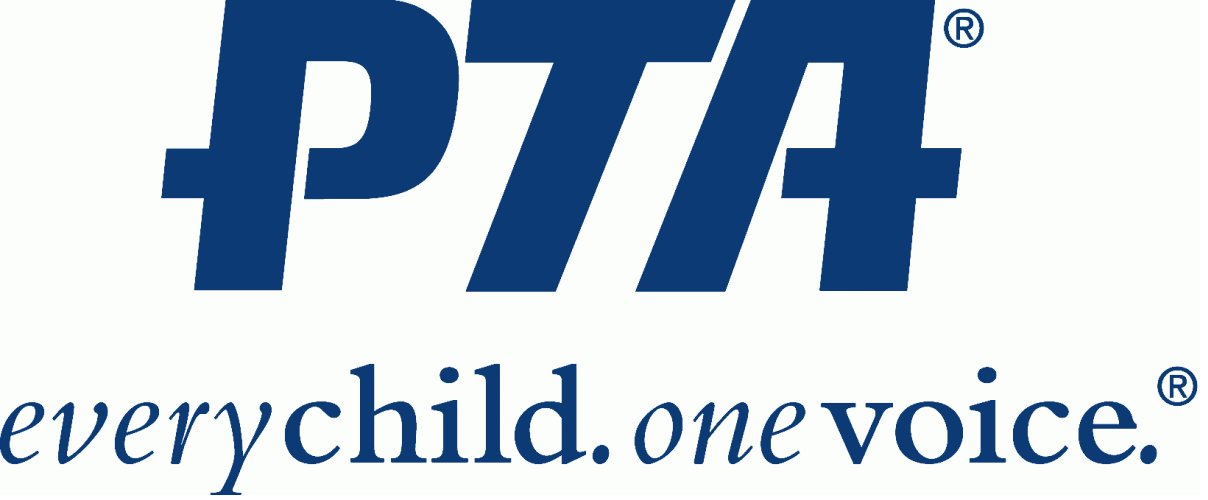 Parent Teacher Association
Parent Teacher AssociationEmergency Preparedness Promotion Tools: Get involved by using these tools to promote preparedness in your community
- General emergency preparedness educational and promotional tools are available throughout the Be Ready Utah website.
- Order or access free preparedness publications from FEMA's Individual and Community Preparedness Division (ICPD).
- Get involved on social media: follow @BeReadyUtah on Twitter, Facebook, Instagram, YouTube, Pinterest, and more.
- Disasterville Toolkit (CERT, MRC, VOAD, Health Care Coalitions, Emergency Management): There is a ready made Disasterville Toolkit in each county in the State of Utah that you can borrow and facilitate yourself, or request a facilitator to do it for you. The toolkit is also available electronically, with directions to build and use on your own. This is a fun, interactive approach to educating community leaders and public about CERT, MRC, VOAD, Health Care Coalitions, Emergency Management, or even to use as a refresher tool for CERT trained members. A general overview presentation of this tool can also be provided. The table top activity time length is about one to two hours, depending on your need and scope. It may involve as few as two people to as many as 300+ people, depending on the scope. However it typically involves between 15 and 40 participants. The presentation overview of the tool can be 15 to 45 minutes.
- Neighborhood Rapid Disaster Assessment Toolkit: This toolkit provides an alternative approach to the block captain program. It provides a way to involve volunteers to gain neighborhood situational awareness after a disaster, quickly and without prior training.
